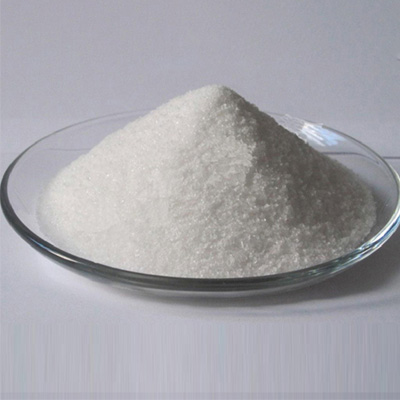Types of Wastewater Treatment Chemicals
Wastewater treatment is a complex process that requires the use of a variety of chemicals to change the pH of the water and prevent the release of contaminants such as heavy metals, volatile and semi-volatile organic compounds, and pesticides into the surrounding environment.
Wastewater treatment is a complex process that requires the use of a variety of chemicals to change the pH of the water and prevent the release of contaminants such as heavy metals, volatile and semi-volatile organic compounds, and pesticides into the surrounding environment. Chemical treatment of wastewater is used in industries such as pharmaceuticals, energy production and paper manufacturing. Below we will discuss the main chemicals used in wastewater treatment and their common applications.
Types of Wastewater Treatment Chemicals
Many carbon-rich solids have been developed to meet government regulations and industry standards for chemical wastewater and contaminants. Depending on the application, one or more chemical treatments may be required to produce compliant wastewater.

Polyacrylamide
Coagulants
Coagulants are aluminum or iron-based chemicals that change the magnetic charge of particles in water so that they attract rather than repel each other. The waste merges into larger objects that can be skimmed or filtered out. Substances commonly removed from wastewater with coagulants include arsenic, pathogens, organics, fluoride, and chemical phosphorus.
Flocculants
There are three types of flocculants: natural flocculants, chemical flocculants and graft flocculants. Combined with the water mixing process, flocculants induce waste particles to adhere to each other as agglomerates or flocs through charge bridging, electrostatic repair and magnetic neutralization.
Membrane Cleaners and Scale Inhibitors
Membrane cleaners and scale inhibitors are injected into the wastewater prior to treatment to prevent dissolved mineral salts from agglomerating on the filter membrane, thus ensuring adequate fluid flow. Membrane cleaners and scale inhibitors commonly used in water treatment applications include
Chlorine dioxide
Hydrochloric acid
Baking soda
Algaecides
Chlorine
Sodium bicarbonate
Bactericides and biodispersants
Bactericides and biodispersants reduce microorganisms in wastewater and improve the operational efficiency of wastewater treatment operations. Bactericides include detergents, descaling agents, dispersants, permeation agents and disinfectants.

COD Remover
COD remover is a water-soluble molecular polymer that can quickly react with COD in water to achieve the effect of degradation and removal. In the treatment of COD wastewater, it is mainly suitable for low and medium concentration COD wastewater. It has a good treatment effect. For high concentration COD wastewater, it should be used in conjunction with other water treatment agents to achieve the desired effect.
Cleaners and degreasers
Cleaners and degreasers, such as clogging removers and alkaline drain openers, are used to dissolve grease and oil. They use solvent chemicals to break down grease and oil, making it easier to remove.
Defoamer
As the name implies, defoamers are used to control and reduce the level of trapped air and foam generated during the wastewater treatment process. This helps to reduce the potential for dangerous spills.
Organic Polymers
Organic polymers are natural flocculants that use ionized polymers to attract particles into flocs for easy filtration. They are often used in conjunction with inorganic iron or aluminum-based coagulants.
Reducing agents
Reducing agents, also known as oxidizing agents, include sodium bisulfite, sodium bisulfite and ferrous sulfate. They are typically used to remove harmful substances from wastewater, such as ozone, hydrogen peroxide, chlorine and biological contaminants. Coupled with aeration, these chemicals bind to suspended compounds, reducing them to components that can be precipitated out of the water and flocculated and filtered.
Sludge Conditioners
Chemical sediments and waste biomass can be difficult to filter and may require additional conditioning through heat or chemical treatment to thicken the material, reduce odors and decrease sludge volume. This process makes the sludge easier to remove and safer to dispose of.